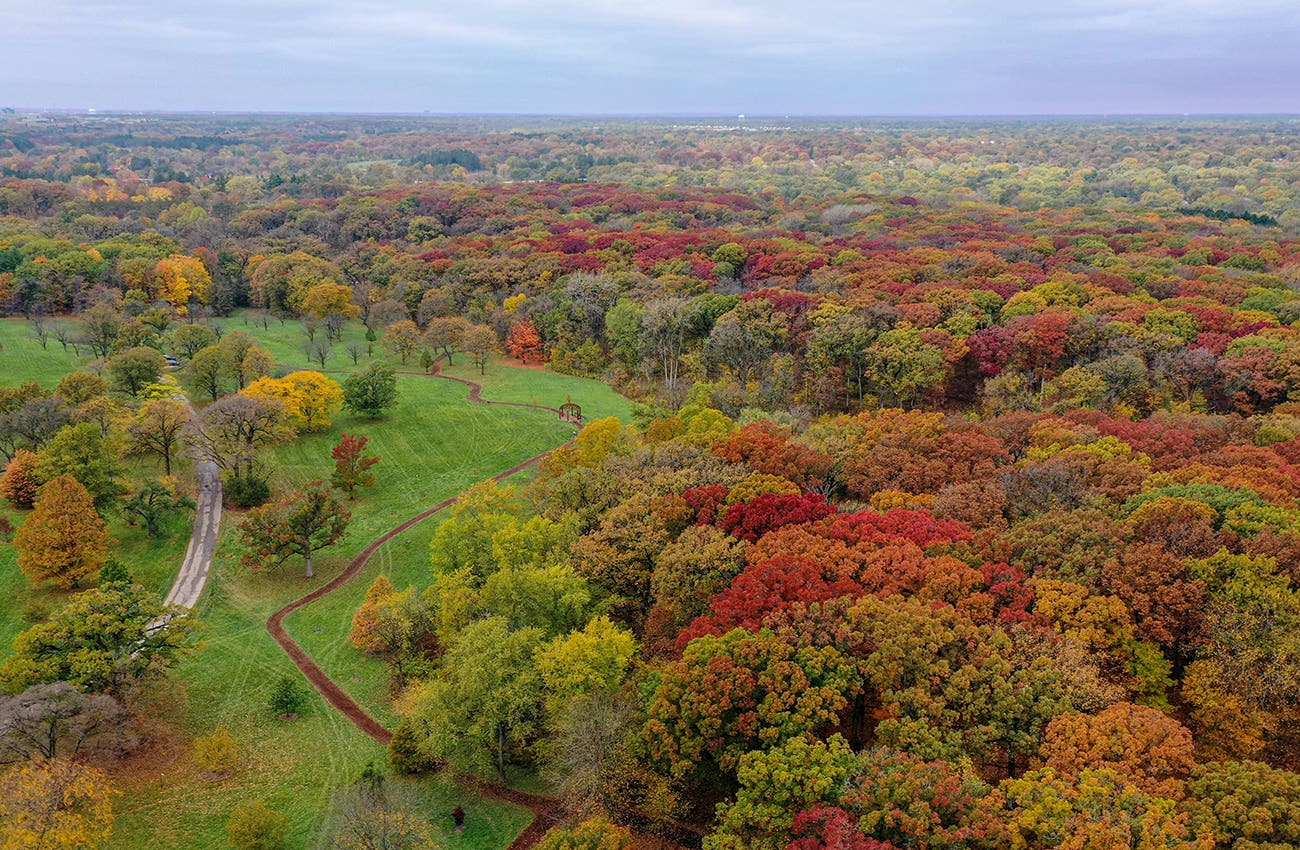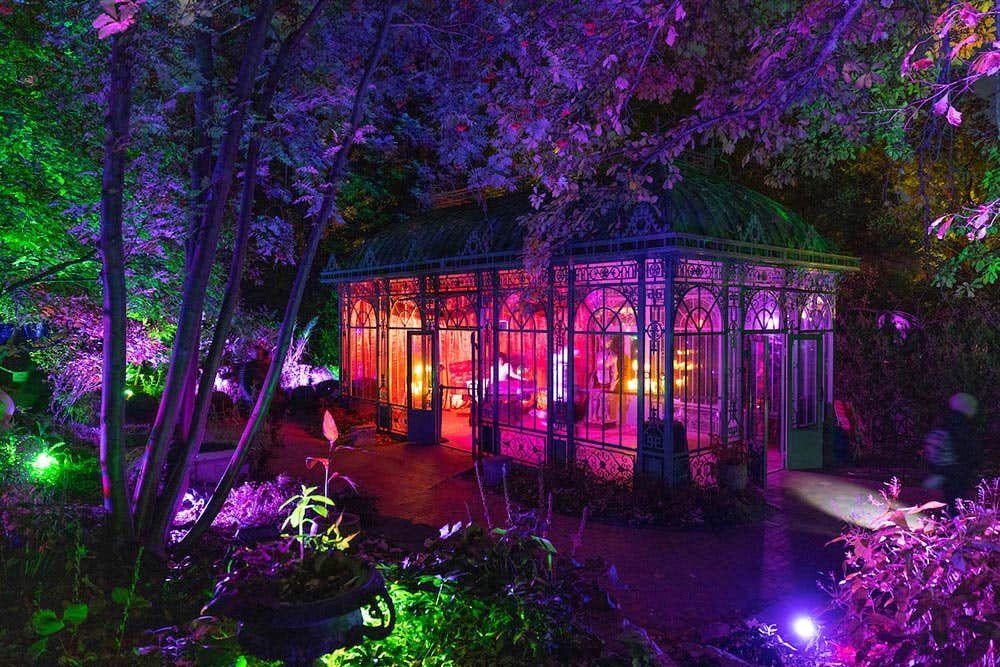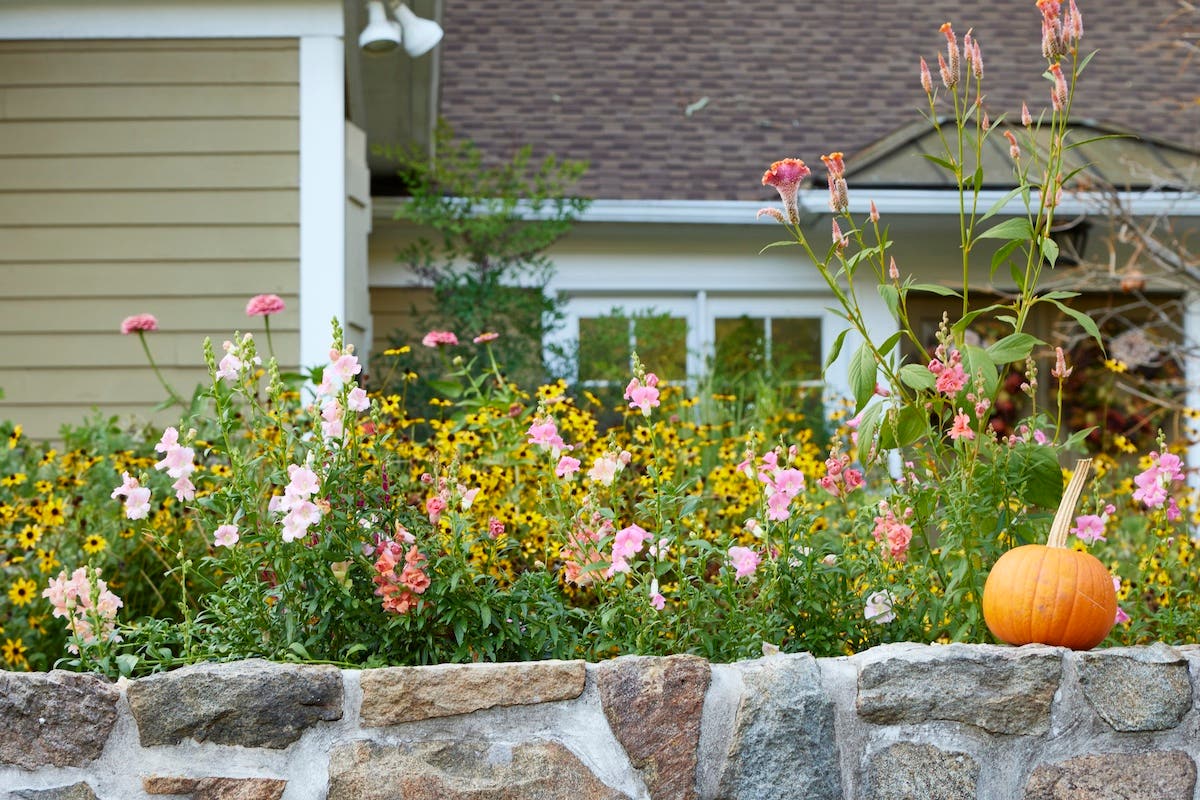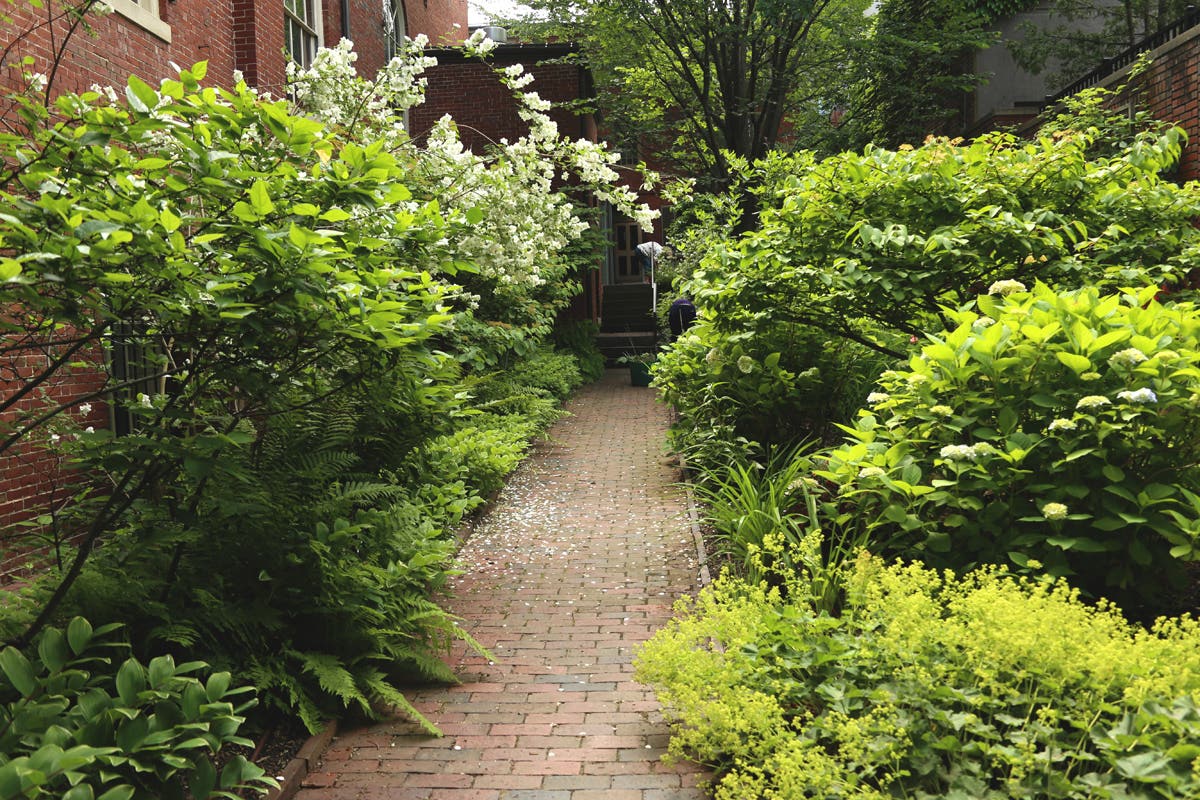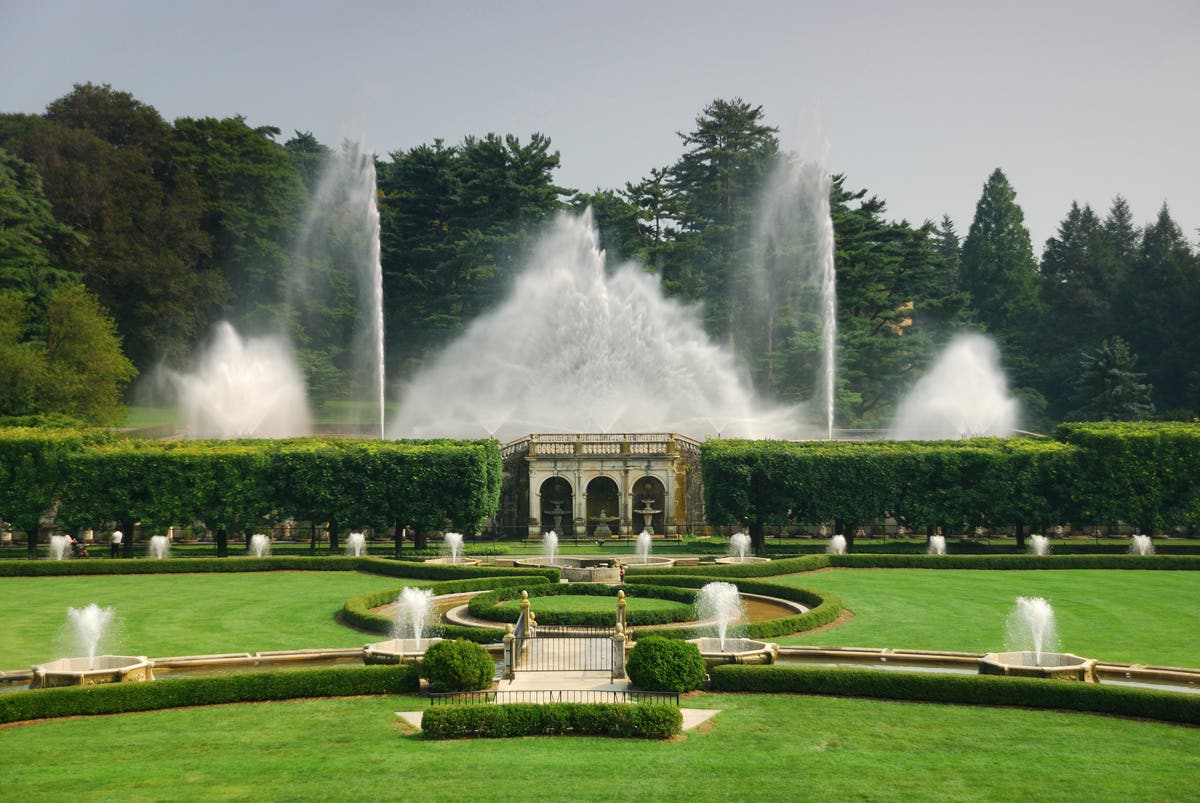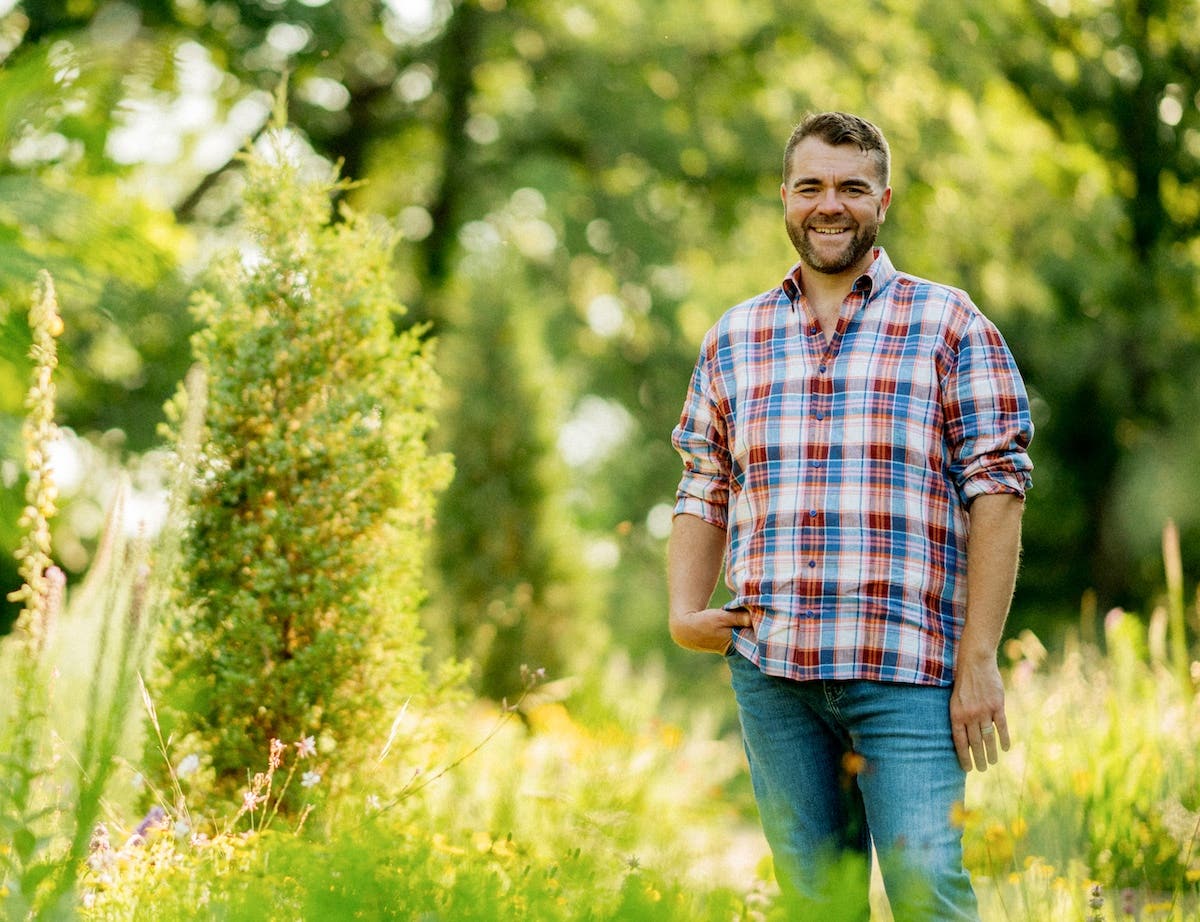Ecological Gardening Tips from Blithewold
A Rhode Island public garden balances history and contemporary eco-friendly gardening approaches
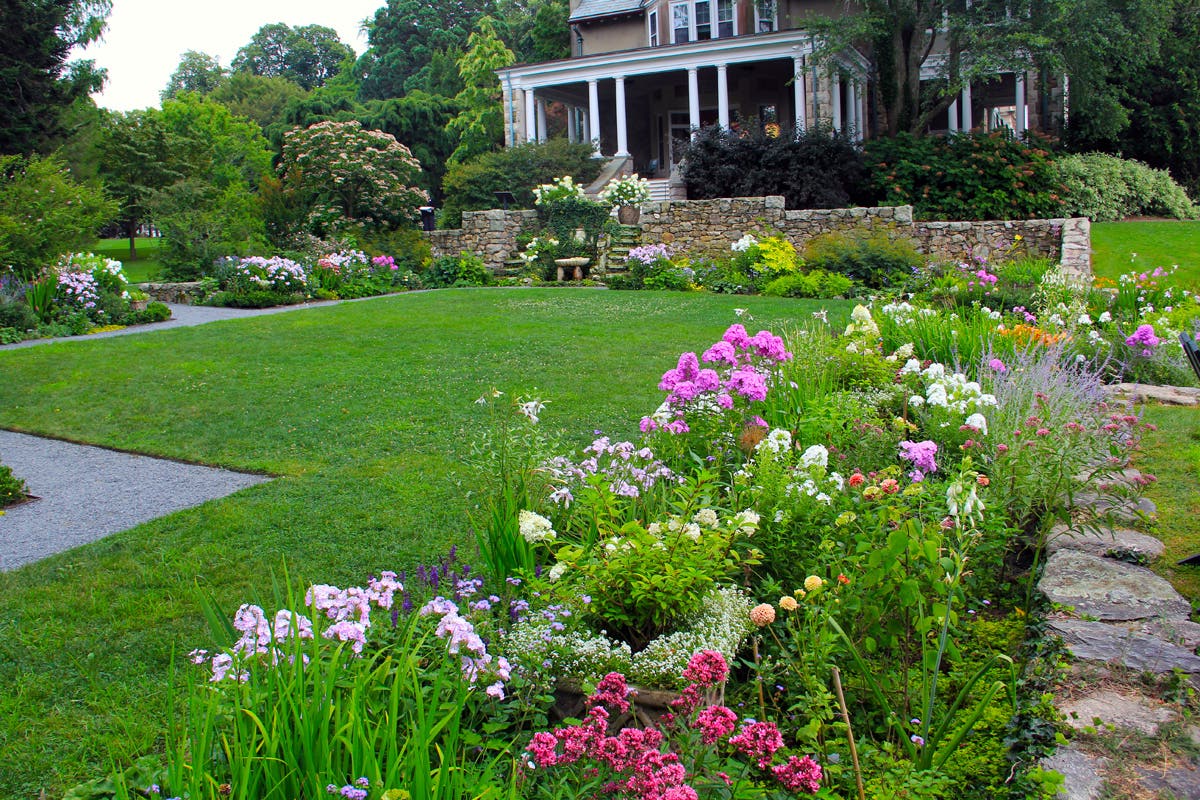
The garden spaces at Blithewold, a public garden on the grounds of an historic mansion in Bristol, R.I., are maintained with respect for their history as well as ecology. Shown here is the North Garden, which dates to 1911. The layout and many of the plants remain the same as ever, but the space is tended organically.
When the grounds at Blithewold Mansion, Gardens & Arboretum were laid out in the late 1890s, designing with plants from around the world was the horticultural fashion of the day. If the landscape of this historic estate were to be redesigned today, the plant choices most certainly would be different, and perhaps the layout, too. But the point is moot. The staff at Blithewold—Old English for Happy Woodland—is bound by mission to preserve the original design.
However, Blithewold, located in Bristol, R.I., has another mission; as a public garden, it serves as a place for horticultural demonstration and learning. The team responsible for the upkeep of the flower and vegetable gardens and the greenhouse use ecological gardening methods and share their knowledge of such with volunteers and visitors. They strive to balance the historic aspects of Blithewold’s landscape and plant collection—such as the rose garden—with the contemporary eco-friendly approach to gardening.
Home gardeners often find themselves in something of a similar situation. One might purchase a property that is mostly lawn, with plantings of non-native shrubs set tightly around the foundation of the house. From an ecological gardening point of view, this is a bad situation.
4 Ways to Make Your Garden More Eco-Friendly
While there are no mission-bound strictures against changing the landscape, there are myriad choices about what could be done, and each of the options comes with a price tag. Where does an ecologically minded gardener begin? Here are some tips from the Blithewold gardeners:
- Avoid chemicals. Even in traditionally problematic areas, like the rose garden and the greenhouse, the Blithewold gardeners use their hands to control issues, rather than chemicals. They hand-pick Japanese beetles off the roses. In the greenhouse, cutting back and washing leaves with soapy solutions keep the pest population under control naturally. Opting out of growing certain plants is sometimes necessary, too. Learn how to mix up a safe rose spray for the garden.
- Build habitat. Within the planting areas under the horticulture team’s care, they strive to create places for wildlife of all types to live, at every level of the landscape and through every season. To encourage and protect life in the soil, they put down shredded leaves in the fall. Above ground, they look at plants and garden features as opportunities for wildlife to live, eat and drink. Attract wildlife to the garden.
- Embrace a bit of messy. The shredded leaves in the beds also serve as mulch for weed suppression and moisture retention, and as they decompose they return nutrients to the soil. (This becomes a point of education for visitors when they ask why the beds are not “cleaned out.”) The team has also allowed plants like fennel and milkweed to remain standing while being nibbled by caterpillars, even though this makes the leaves unsightly. The payoff comes in the form of butterflies. Grow a pollinator garden.
- Diversify your plant palette. The gardens at Blithewold combine a diversity of plants. Some exotic plants must remain to preserve the historic spaces. Some native plants have been incorporated as well. Visitors to the garden learn that a diversity of plants can be used to support wildlife. Learn to mix in native plants.


